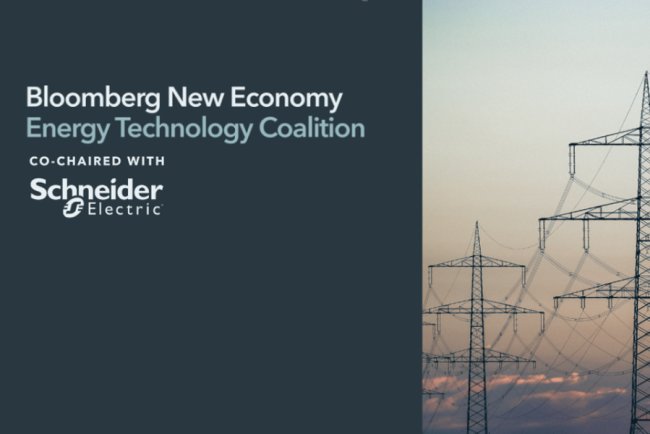Kimberly-Clark To Halve UK Gas Use With Green Hydrogen
Kimberly-Clark to cut UK gas use by 50% from 2027 using green hydrogen, slashing 28,500 tonnes CO₂ yearly.

Kimberly-Clark, the world personal care juggernaut behind brands like Andrex® and Kleenex®, has declared a daring £125 million (US$168. 9 million) investment to cut its UK natural gas consumption by half starting in 2027. Sponsored under the UK government's Hydrogen Allocation Round One (HAR1), the ambitious plan will bring green hydrogen infrastructure to two of its main manufacturing facilities at Barrow-in-Furness and Northfleet.
With the expected reduction of 28,500 tonnes of carbon dioxide yearly, the switch to green hydrogen represents a crucial stage in Kimberly-decarbonizing plan. This decrease is about removing yearly from British roadways around 20,000 petrol-driven automobiles. At the company's manufacturing lines, the green hydrogen will replace natural gas in steam generation applications.
To provide this change, Kimberly-Clark has teamed with Carlton Power and HYRO, a joint venture between Octopus Energy Generation and Renewable Energy Systems (RES). They will work together to implement green hydrogen technologies at production facilities to promote sustainable manufacturing. The two factories produce almost one billion Andrex toilet rolls annually, emphasizing the great industrial size at which the firm runs in the UK.
A hydrogen production facility with yearly output of 100 GWh will open in Barrow-in-Furness. The Northfleet facility will meanwhile get 47 GWh of green hydrogen annually. These green hydrogen volumes will replace about half of Kimberly-Clark's UK activities' natural gas use in 2024, so greatly reducing its reliance on fossil fuels and moving the company closer to its sustainability targets.
Emphasizing the urgency of embracing green energy solutions at this point, Dan Howell, Vice President and Managing Director at Kimberly-Clark UK and Ireland, discussed the investment. "This is a substantial investment into a green hydrogen solution," Howell said. "Now is the time for us to tap into hydrogen's great potential, enhancing our decarbonisation goals and energy supply. "
He said also that these groundbreaking hydrogen projects show how energy-intensive sectors may successfully drive the change to renewable energy sources. "These two hydrogen projects show how an energy-intensive industry can take the lead and overcome the technical challenge to adopt green hydrogen at scale," he added.
Great government support adds strength to the initiative. Chosen under the Hydrogen Production Business Model and supported by the Net Zero Hydrogen Fund are both Barrow and Northfleet hydrogen projects. With Northfleet's clearance in August 2024 and Barrow's in June 2023, planning approvals have been already obtained. This lets the initiatives advance to on-schedule construction and operation.
UK Minister for Industry Sarah Jones praised the project as part of a larger government plan to expand clean energy solutions. “This administration is deploying hydrogen at scale for the first time, with ten of the initial projects now shovel-ready to start powering companies using clean, domestic energy from Teesside to Devon," she noted. "Hydrogen will aid us in lowering industrial emissions and sustaining Britain's industrial rebirth by generating thousands of jobs in our industrial heartlands as part of the Plan for Change. "
A major addition to Kimberly-Clark's all-inclusive worldwide sustainability plan is the hydrogen project. Further expanding its clean energy portfolio, the corporation signed a power purchase agreement connected to a £75 million onshore wind farm development in Scotland in 2023. These actions are part of Kimberly-more general commitment to cut Scope 1 and 2 greenhouse gas emissions 50% by 2030. The company is also increasing its renewable energy activities throughout Africa and Europe.
This most recent investment in green hydrogen not only helps Kimberly-Decarbonization accelerate but also strengthens its position as a corporate sustainability leader. It is a paradigm of how major manufacturing businesses can act boldly and scalably to lower their carbon footprint while supporting national climate goals. Kimberly-efforts of Clark show how industry and government cooperation may propel significant change toward a low-carbon economy as the UK keeps ahead with its hydrogen and clean energy aspirations.
What's Your Reaction?

















